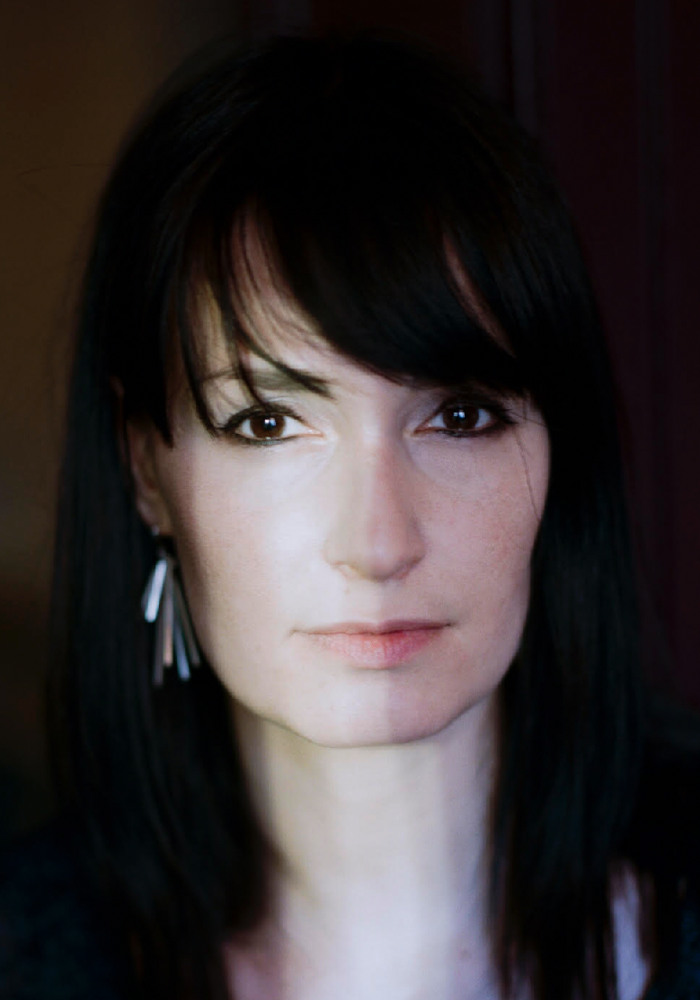The thriller Paradise Highway, the debut offering by writer-director Anna Gutto, opened in US cinemas in July 2022. With a solid backbone and familiar story arc, the film is clever in its ability to subvert the tropes and add depth, twists and ethical challenges surrounding its central theme of human trafficking. Taking inspiration from Thelma and Louise, Gutto pays homage to the film in a number of ways and successfully carries out what she saw as its ability to be ‘a movie about sexual assault that managed to not be an “issue” movie.’ It stars Juliette Binoche as Sally, a trucker in the Deep South, who gets caught up in the dark underbelly of human trafficking alongside Morgan Freeman (Gerrick), a retired police officer who’s worked tirelessly throughout his career in pursuit of ending it.
Anné Kulonen, a Finnish-British composer born and raised in the city of Tampere, was on hand to bring Gutto’s gritty drama to life: “Leading up to the shoot, Anna didn’t have a composer yet, so we had a call after I’d read the script and talked about the trucking world and her research into human trafficking. She didn’t want the film to ever seem exploitative, because it could easily become that, and I think she handles the topic really sensitively. The numbers on how many kids are being trafficked are pretty scary. They don't necessarily need to be physically chained, control can happen in other ways – like drugging or threats to your family and she wanted to highlight that.”
Growing up Gutto actually had neighbors that turned out to be trafficking young girls, “Anna wanted to show that it really can happen right next door and it doesn’t seem that extreme.”
When researching the film Gutto became friends with an American female trucker Desiree Wood: “Both Anna and Juliette (Binoche) traveled around with her and even slept in the truck, to get a real sense of what it was like,” Kulonen explains. “Anna was talking about the sound world and how crazy it was, with all these constant different noises and sounds. There’s a scene in the film where Gerrick (Freeman) after seeing Sally (Binoche) beaten up says to her ‘Your truck got a beating too’, and Sally replies ‘My truck and I - we’re one.’ This line really stuck with me: Sally’s truck is her home and her life, it’s where she always is, always on the road. It felt more than just an arbitrary location. It felt like an extension of her and her character. So I thought - let's mess around with that sound world and see what we find. Lucky for me Anna was instantly on board!”
The Peterbilt truck is that very specific American long-haul truck and Kulonen set about finding ways to incorporate its sound into the score: “There wasn’t really time to record the truck on set, so I used a Peterbilt library I bought - a few long recordings of someone driving along somewhere and recording everything for about 3 hours straight - and I started experimenting with those. The film has this real sense of forward drive and constant motion, so I wanted to have a lot of pulses and repetitive, relentless rhythms at the core of the score. Rather than use too many synths, I wanted this to be more of an organic electronic score, where the sounds come from the trucking world as much as possible and they’re very much our own. To bring out some music and textures from the truck engines, I messed with the time and pitch and used different plugins to help create clearer rhythmic motion. Movement by Output is great for this kind of stuff. Signal, their pulse engine, is also a great tool for rhythmic structures.”



